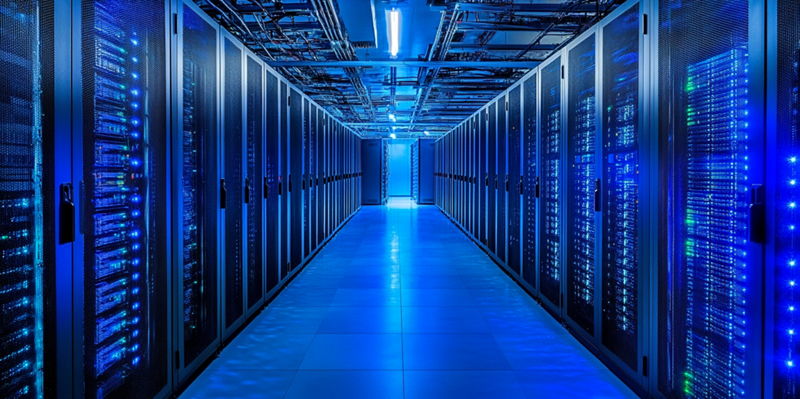In an era where digitalization and AI advancements are transforming industries at an unprecedented rate, the energy demands of data centers are projected to triple by 2030, creating a significant challenge for their cooling infrastructures. The global number of data centers will more than double from 10,978 in 2023 to over 21,000 by 2030, leading to a substantial rise in energy consumption. This dramatic increase has made sustainable energy sourcing a critical focus area, especially in light of regulatory limits exemplified by the recent rejection of Google’s data center proposal in Dublin.
The Growing Demand for Effective Cooling Solutions
Rithika Thomas, a senior analyst for Sustainable Technologies at ABI Research, emphasizes the importance of addressing cooling needs, which can account for up to 40% of a data center’s energy consumption. To optimize Power Usage Effectiveness (PUE), Water Usage Effectiveness (WUE), and thermal management, a holistic, technology-agnostic approach is required. The soaring energy demands and regulatory guidelines, such as the Energy Efficiency Directive (EED) and the European Code of Conduct for Data Centers, mandate more responsible computing practices.
Thomas points out that a ‘one size fits all’ strategy is impractical because it fails to account for variables like size, location, infrastructure demands, costs, local regulations, and specific workloads. In response to these challenges, data center operators are increasingly adopting hybrid and modular cooling technologies. Leading companies like Carrier Global Corporation, Daikin, and Schneider Electric are pioneering innovations by integrating liquid and immersion cooling solutions, enhancing efficiency while reducing energy consumption.
AI-Driven Cooling Systems and Predictive Maintenance
One of the key advancements in modern cooling systems is the integration of AI-driven monitoring and predictive maintenance, which ensures optimal performance and extends the lifespan of IT equipment. By leveraging these technologies, data centers can meet immediate cooling requirements while also aligning with long-term sustainability goals. This approach is crucial as data center operators face growing scrutiny regarding their environmental impact and carbon footprints. AI-driven systems not only provide better cooling solutions but also help in achieving the dual goal of efficiency and sustainability.
Preparing for Future Energy Demands
In an era marked by rapid advancements in digitalization and artificial intelligence, industries are being transformed at a pace never seen before. A significant challenge accompanies this progress: the energy demands of data centers are expected to triple by 2030, putting immense pressure on their cooling infrastructures. The number of data centers worldwide is forecasted to more than double, rising from 10,978 in 2023 to over 21,000 by 2030. This growth will lead to a considerable increase in energy consumption, making sustainable energy sourcing more crucial than ever. This urgency is underscored by regulatory pressures, such as the recent rejection of Google’s data center proposal in Dublin due to energy concerns. The rejection highlights the growing importance of finding eco-friendly energy solutions to ensure the sustainability of data centers, which play a pivotal role in supporting our increasingly digital and AI-driven world. These centers need innovative cooling technologies and regulatory cooperation to meet future energy demands responsibly.

